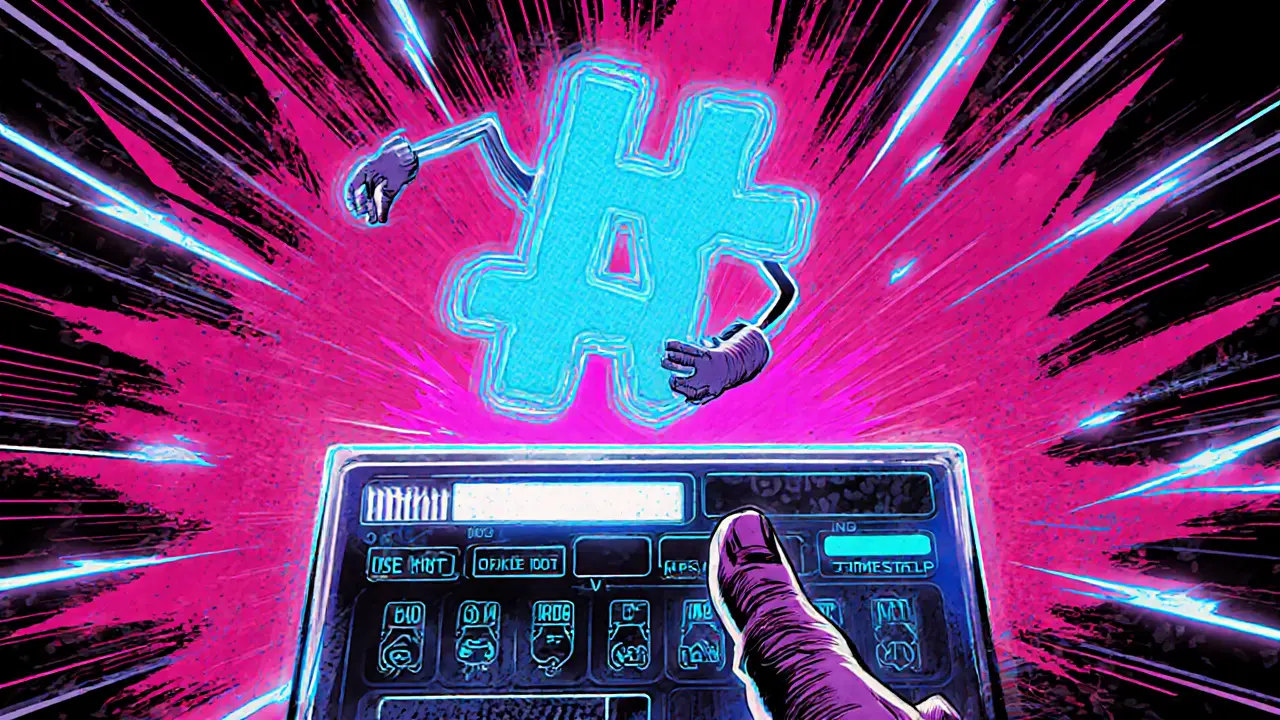Nonce Blockchain: The Heartbeat of Proof‑of‑Work Mining
When working with Nonce Blockchain, a random number that miners change to solve a proof‑of‑work puzzle and add a new block to the chain. Also known as nonce, it nonce blockchain acts as the secret sauce that lets a miner prove they did the work. In simple terms, a miner keeps tweaking the nonce until the block header hash falls below the current target. This tiny number therefore encompasses Mining Difficulty, the metric that tells how hard it is to find a valid nonce, requires Proof of Work, the consensus mechanism that needs a valid nonce to secure the network, and influences Block Time, the average interval between consecutive blocks. The whole process keeps the blockchain honest and predictable.
Why the Nonce Matters: Difficulty, Hash Rate and Stable Block Times
Every time a miner plugs in a new nonce, the network checks whether the resulting hash meets the difficulty target. If the hash is too high, the miner tries another nonce. The Hash Rate, the speed at which miners compute hashes to test nonces measures how many nonce attempts can be made per second across the entire network. A higher hash rate means more attempts, which pushes the network to raise Mining Difficulty to keep Block Time around its intended value (for Bitcoin, roughly ten minutes). This feedback loop—hash rate influences difficulty, difficulty dictates how many nonce tries are needed, and difficulty keeps block time steady—is the engine that powers a secure, predictable blockchain. It also means that when miners add more hardware, the difficulty automatically climbs, preventing blocks from being found too quickly.
Understanding these connections helps you read a blockchain’s health at a glance. If you see difficulty dropping, it likely signals a dip in hash rate—maybe miners are turning off rigs because of low prices or high electricity costs. Conversely, a sudden jump in difficulty hints at new hash power joining the network, which can tighten security but also raise the barrier for small miners. For anyone watching a coin’s market, the nonce, difficulty, hash rate and block time together form a quick diagnostic panel. Below you’ll find deep dives into how mining difficulty works, guides on spotting legitimate airdrops, and analyses of regulatory shifts that can affect hash power and network stability. Use these insights to gauge where a blockchain might be headed and to make smarter decisions in the crypto space.

What Is a Nonce in Blockchain? Explained Simply
Learn what a nonce is, how it powers Bitcoin mining, its role in block headers, and why it matters for Proof of Work security.
June 11 2025